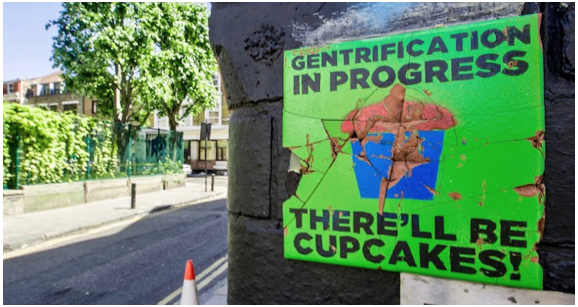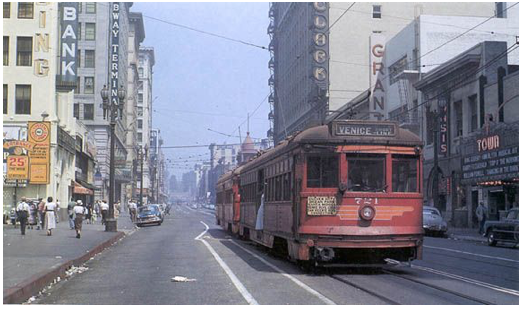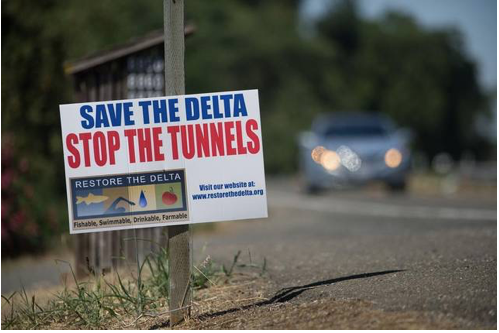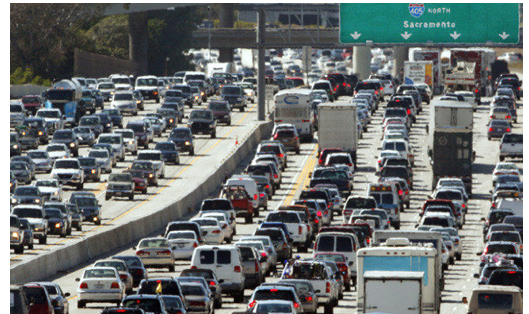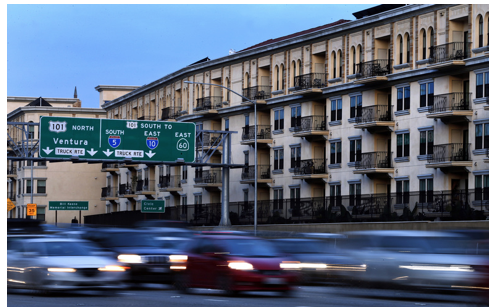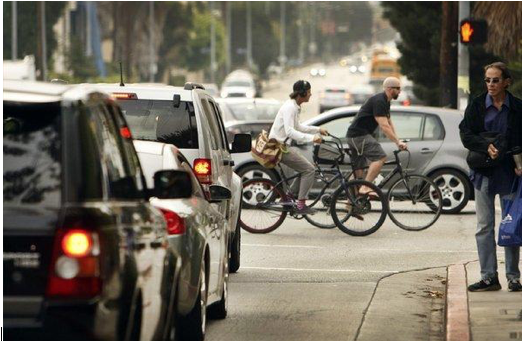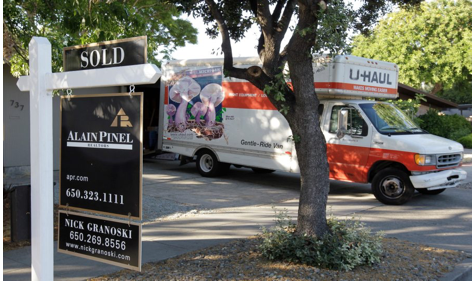High Flying California Charts Its Own Path – Watch Out for the Cliff Ahead?
NEW GEOGRAPHY-As its economy bounced back from the Great Recession, California emerged as a progressive role model, with New York Times columnist Paul Krugman arguing that the state’s “success” was proof of the superiority of a high tax, high regulation economy. Some have even embraced the notion that California should secede to form its own more perfect union.




